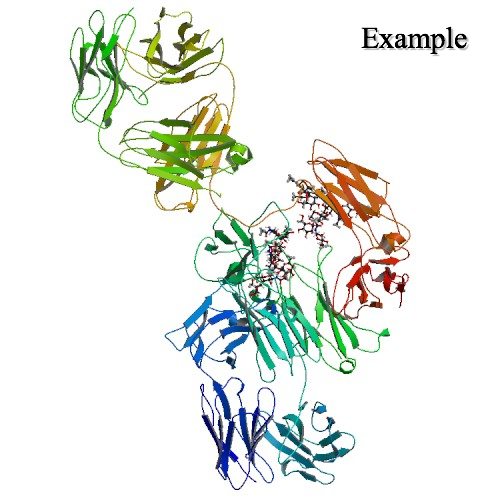Blinatumomab

Hospitalization is recommended for the first 9 days of the first cycle and the first 2 days of the second cycle. For all subsequent cycle starts and reinitiation (eg, if treatment is interrupted for 4 or more hours), supervision by a healthcare professional or hospitalization is recommended. Do not flush the Blincyto infusion line especially when changing infusion bags. Flushing when changing bags or at completion of infusion can result in excess dosage and complications thereof. Preparation and administration errors resulting in overdose have occurred. A single cycle of treatment of Blincyto consists of 4 weeks of continuous intravenous infusion followed by a 2-week treatment-free interval.
For patients at least 45 kg in weight:
-
In Cycle 1, administer Blincyto at 9 mcg/day on Days 1–7 and at 28 mcg/day on Days 8–28.
-
For subsequent cycles, administer Blincyto at 28 mcg/day on Days 1–28.
-
Allow for at least 2 weeks treatment-free between cycles of Blincyto.
-
A treatment course consists of up to 2 cycles of Blincyto for induction followed by 3 additional cycles for consolidation treatment (up to a total of 5 cycles).
Blincyto is an example of immunotherapy, a treatment that uses certain parts of a person’s immune system to fight diseases such as cancer. Blincyto is the first approved drug that engages the body’s T-cells, a type of white blood cell or lymphocyte, to destroy leukemia cells. The drug acts as a connector between a protein called CD19, which is found on the surface of most B-cell lymphoblasts, and CD3, a protein on T-cell lymphocytes. It is intended for patients whose cancer returned after treatment (relapsed) or did not respond to previous treatment (refractory).
Blinatumomab is a bispecific CD19-directed CD3 T-cell engager that binds to CD19 expressed on the surface of cells of B-lineage origin and CD3 expressed on the surface of T cells. It activates endogenous T cells by connecting CD3 in the T-cell receptor (TCR) complex with CD19 on benign and malignant B cells. Blinatumomab mediates the formation of a synapse between the T cell and the tumor cell, upregulation of cell adhesion molecules, production of cytolytic proteins, release of inflammatory cytokines, and proliferation of T cells, which result in redirected lysis of CD19+ cells.
Blincyto may cause side effects, but many people have no, or minor, side effects. Check with your doctor if any of these most COMMON side effects persist or become bothersome:
Arm or leg pain; back, bone, or joint pain; constipation; decreased appetite; diarrhea; stomach pain; trouble sleeping; weight gain.
Seek medical attention right away if any of these SEVERE side effects occur:
Severe allergic reactions (rash; hives; itching; difficulty breathing; tightness in the chest; swelling of the mouth, face, lips, or tongue; wheezing); chest pain; shortness of breath; swelling of the hands, ankles, or feet; symptoms of high blood sugar (eg, confusion; drowsiness; flushing; fruit-like breath odor; increased thirst, hunger, or urination; rapid breathing); symptoms of infection (eg, fever, chills, sore throat, ear or sinus pain, cough, more sputum or change in color of sputum, pain with passing urine, mouth sores, wound that will not heal); symptoms of low potassium levels (eg, irregular heartbeat; muscle cramps, pain, or weakness); tremor; unusual bruising or bleeding; unusual tiredness or weakness.
